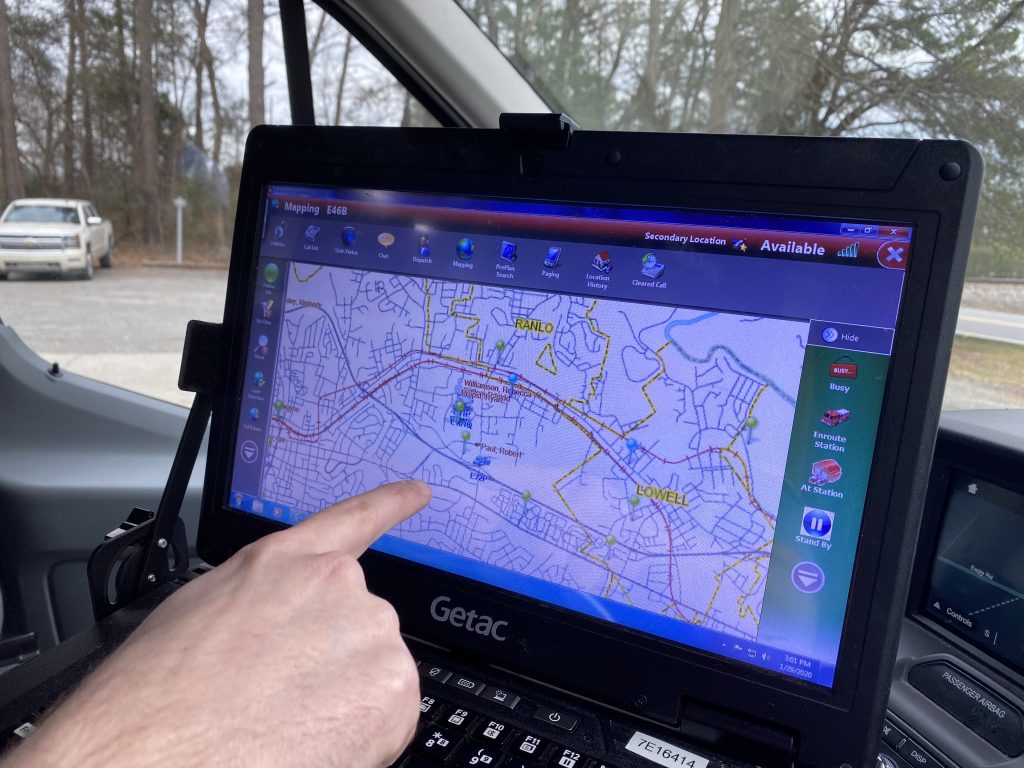
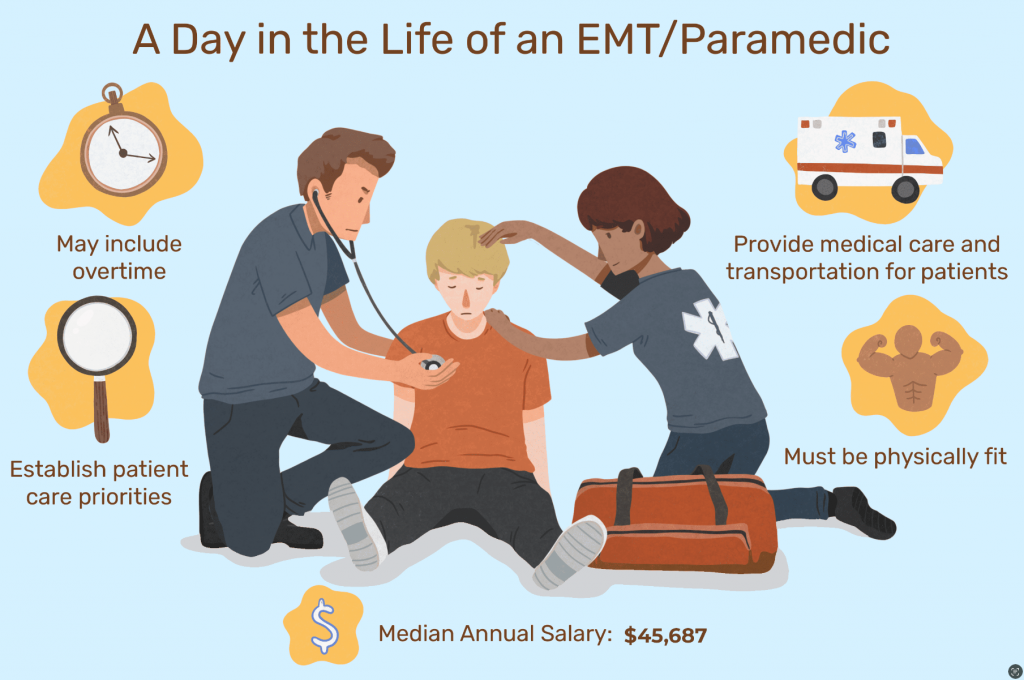
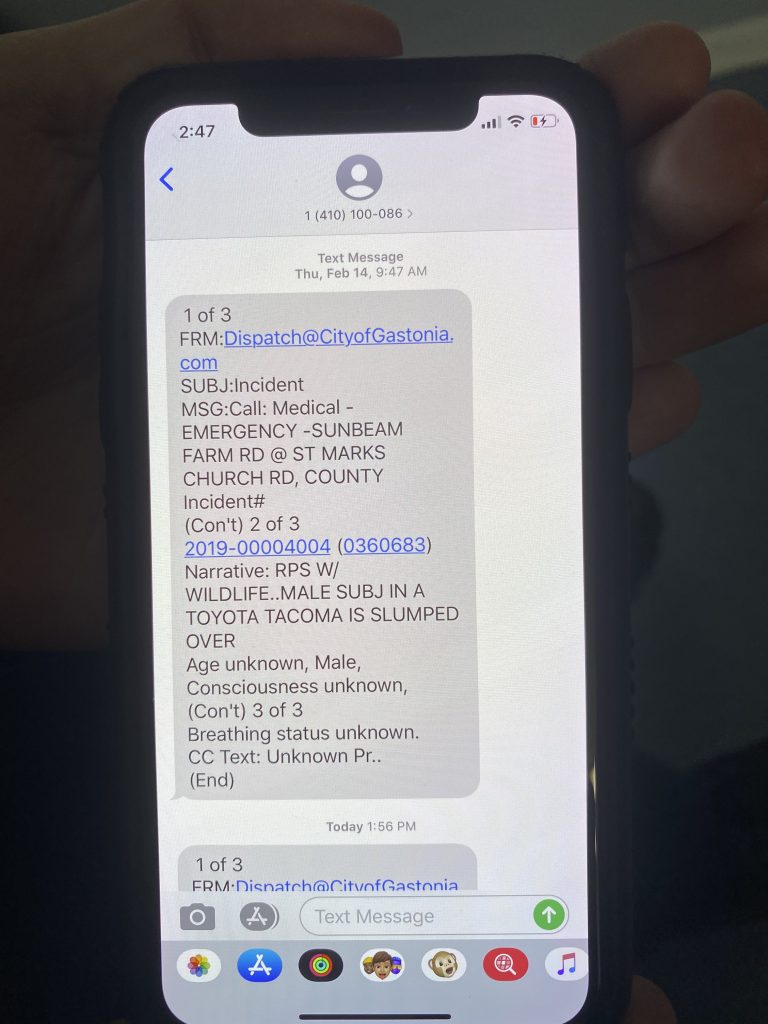
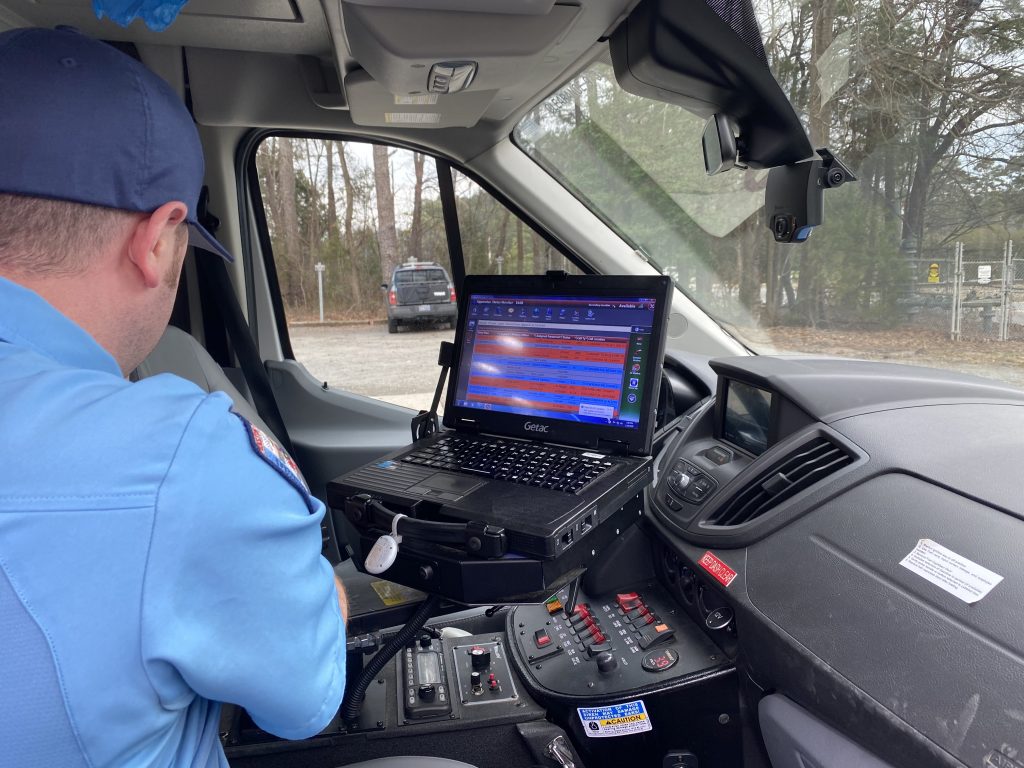
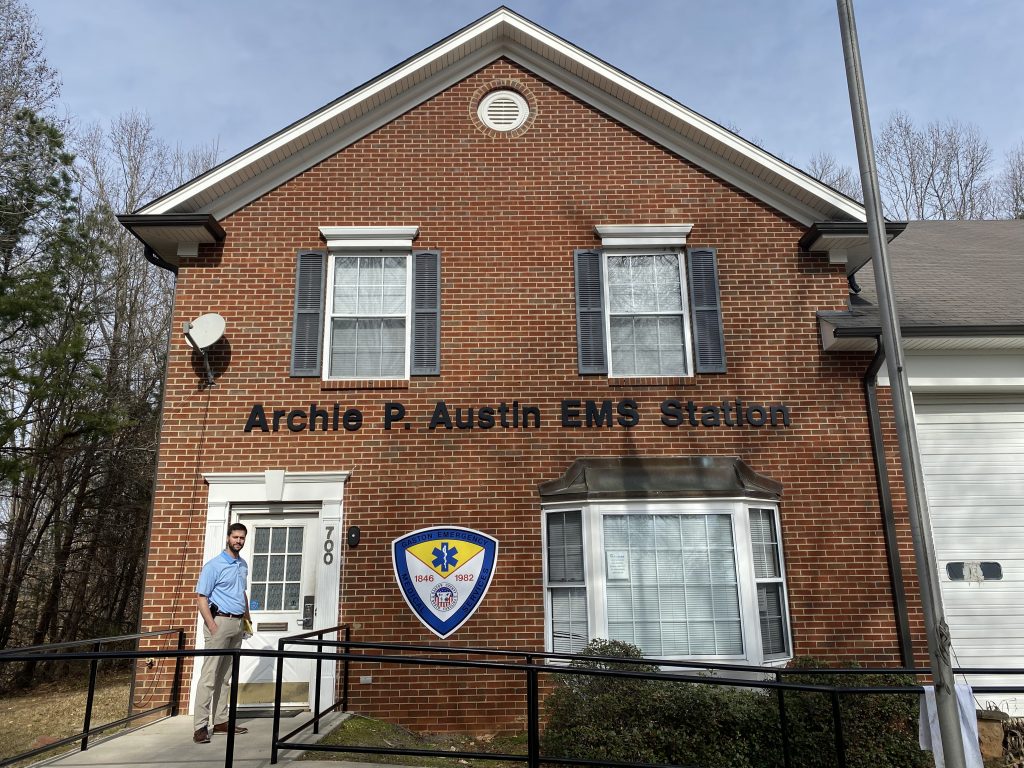
During my MBA, I took a class on Design Thinking. While not new to me (I originally learned and utilized design thinking in 2011 at a SAP TechEd Innojam event) I wanted to reaffirm and gain deeper understanding into some of the theoretical aspects of the methodology.
During the class, a final project was to reimagine and apply our design thinking skills to a public service organization. We decided to center our project around the Emergency Medical Services industry. While it was probably not my first choice in problems to design around, it has been an eye opening experience to one of the most mentally challenging jobs I have personally come across. I have lived less than a mile from a life saving station for the past 5 years. I have heard the sirens of their ambulances morning, noon and in the middle of night. I have driven past their station hundreds of times and have always appreciated and been thankful for the work they have done, but I honestly never completely understood the scope of their work until spending a few hours interviewing and reading interviews of 11 different EMTs and Paramedics from Gaston and Mecklenburg counties. Each person’s story was unique, each had their own personal struggles and challenges. Below are a few which stood out to me and something I believe will be in the back of my mind each and every time I see or hear a siren.
My first introduction to the world of EMS was knocking on the door of a lifesaving station in Belmont, North Carolina, after knocking multiple times, someone peeked through the blinds and hastily but politely greeted me. She introduced herself as Amber and after explaining my situation, invited me inside to talk. The station was a small room with large recliners, a TV and a open plan kitchen. It was dark with the blinds all closed and the TV playing reruns of Judge Judy.
Amber had been working with Gaston EMS (GEMS) for the past year. She previously worked in Cleveland County as a EMS, but due to their 24 hour shifts, decided she could not cope with the long and tiresome hours. When she arrived at GEMS she was an Emergency Medical Technician, someone who is not a trained paramedic and is not able to administer narcotics or perform advanced procedures on patients. However, due to the shortage in Paramedics, GEMS offered to pay for her to attend Paramedic school and study while on the clock. Amber shared a story with how she had recently had an experience with a child who was suffocating and subsequently passed away. She said she had spent sleepness nights wondering if she had done eveything she could have, did she use the right procedures? Did she not have the experience or sufficient training to save this childs life?
* We interviewed 11 employees from Gaston and Mecklenburg County EMS and this is what we found:
* I felt like there were two distinct groups of stressors from the people we interviewed:
* Event stressed:
* Kids
* families
* Situational preparedness
* Paperwork
* Not attending to the patient to perform paperwork
* Stress from schedule
* Work life balance
* Some counties require 24 hour shifts
* Both groups shared concerns of physical stress
* Not eating well
* Picking people up is apparently one of the most demanding tasks
These stresses lead to some major challenges and the Chief of GEMS shared some interesting insights
* Thy had 2 applicants for 20 open positions in Gaston County in 2019
* The average time spent on the job is only 2 years
* People use the job as a stepping stone
* GEMS is actually paying for people to become paramedics, both pay, and school
* Additionally, 4 of the 5 EMS Staff that we interviewed at MEDIC, were actually now doing office jobs … indicating they had moved on and were no longer EMTs or paramedics, they were done but still wanted a way to contribute and help those communities of people.
Interview Script
Intro Questions:
- Introduce yourself, from the university, design thinking around innovation.
- What do you do for the service/company?
- What does your typical day look like?
- What are some of the biggest challenges you and your colleagues face? Goal: Get a list of challenges …
- When was the last time abc or xyz occurred? Goal: Figure out when and how frequently these items occur …
- What are you currently doing to make this task easier? Goal: See if there is a partial or work around solution in place today.
Wrap Up:
- Thanks
- Ask if you contact them again in the future
Interview notes:
Persona’s
Sam, Anthony
Typical Day?
Varies, anything from 2 – 3 calls to 10 -12 calls. Call types also vary and could be anything from basic assistance to life threatening injuries or incidents.
Biggest Challenges?
- Nature of the calls are not very clear, often not accurate so there are some surprises when arriving.
- Just had been called out to fainting, but was actually cardiac arrest due to OD
- Very mentally challenging
- Signs of PTSD
- Very sad situations often encountered
- Worst cases are with kids
- No time off to disseminate situations, short debrief if incident out of protocol occurs
- Lack of concern for mental health
- Get lots of cool toys (body cams) but mental health is their biggest concern
- Pay/benefits is a concern
- Very little training, no raise since 2008
- Physical assault is a concern – Jennifer was recently attacked
- Getting self defense training from Police
- Trucks and station are videoed
Persona: xxx – Chief
Oversees 160 FT’s & 40 PT’s
Suggested we speak to YYY at the EMS institute at Campus uptown
Typical Day?
Focused on administration, training, admin policy, implementation
Biggest Challenges?
- Hard to manage call volume and staff and fluctuations between them
- Most calls are between 10am and 2am
- Using a new system called First watch which does some predictive analysis to anticipate locations and demand of calls based on historical averages
- Medic911 (Mecklandburg County) uses a system called Marvelous
- Very cool software per him
- Very difficult to get and keep paramedics (EMS’s are easy to find)
- Many use job as stepping stone
- Nurses get paid considerably more
- Large discrepancy in pay between professions
- Had 3 applicants in one year for 12 open positions for Paramedics
- Currently paying EMS’ to go to paramedic school
Idea Voting

Solution
The outcome of our analysis and design thinking sessions, was to build a purpose built EMS watch, or watch application which would support the EMS staff in their daily work lives.

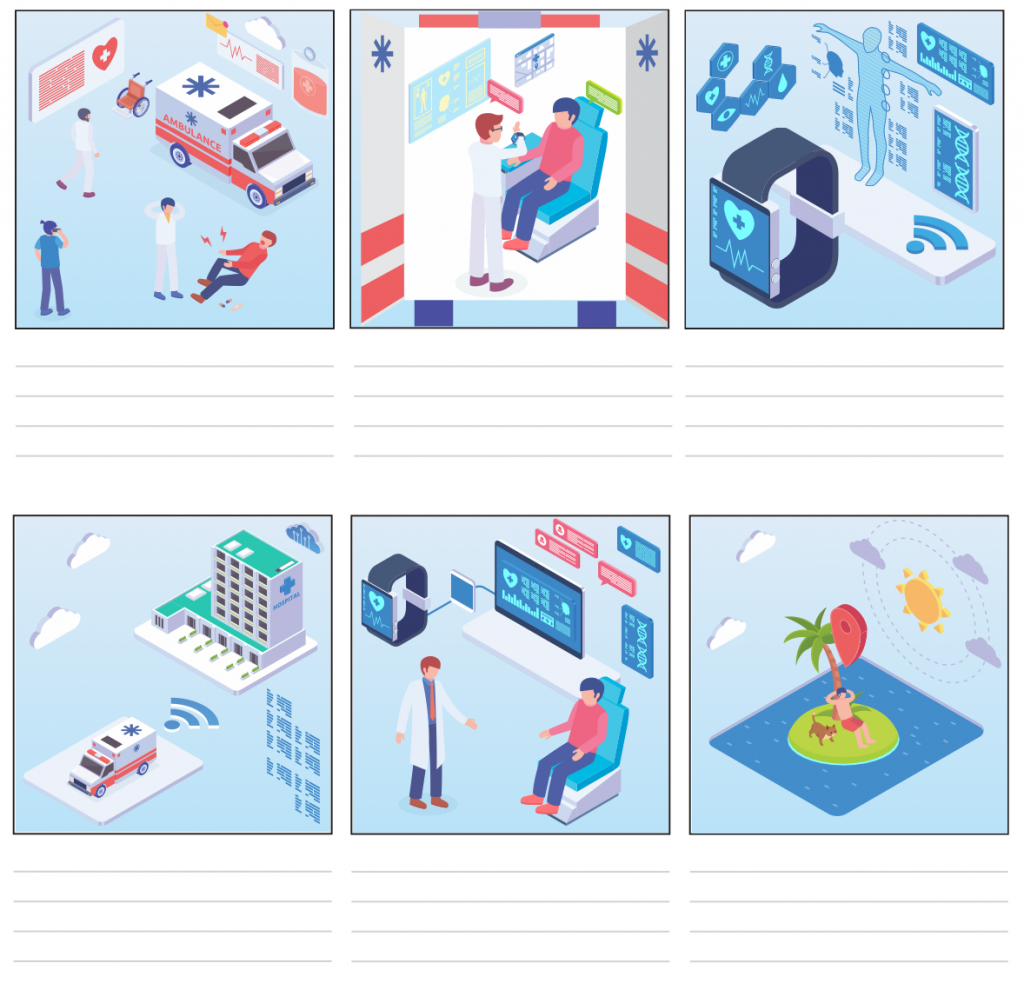
This storyboard shared the “Day in the life” of a EMS responder and how the solution could benefit them.
You must be logged in to post a comment.